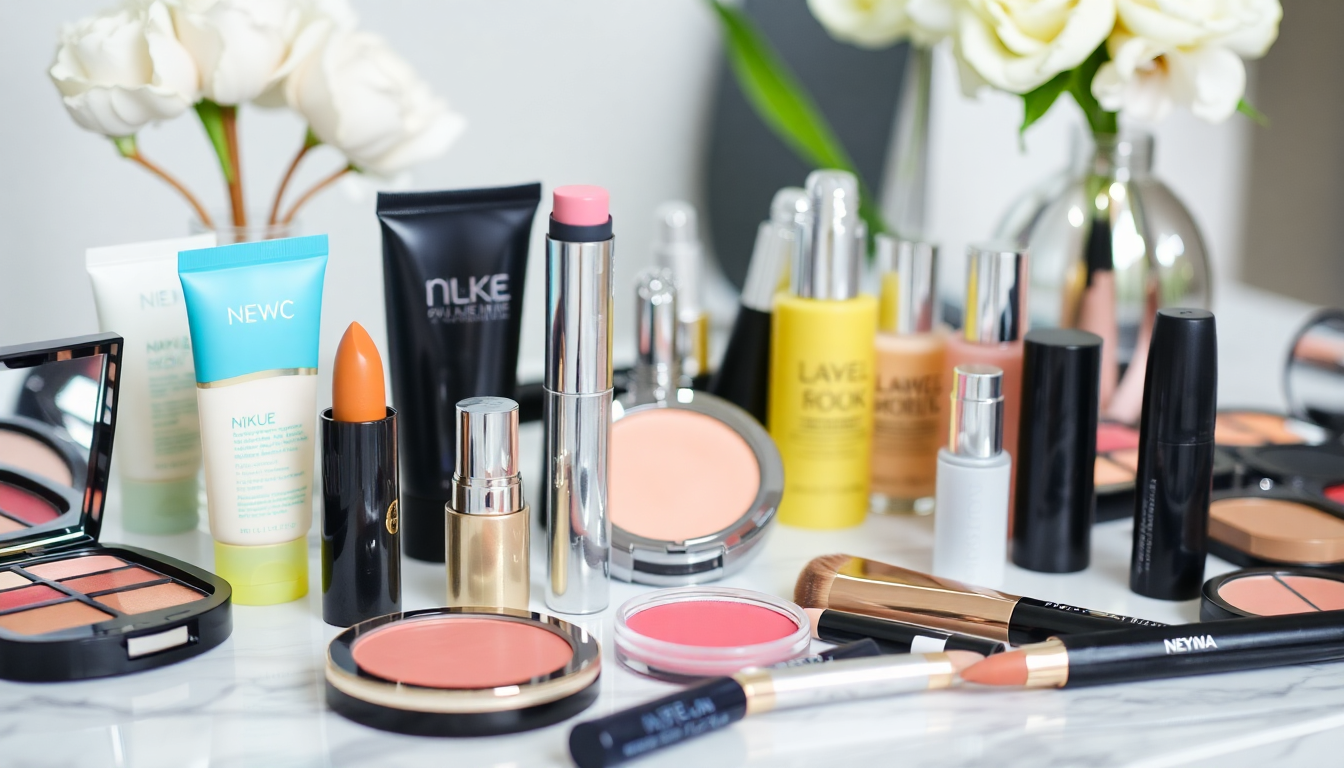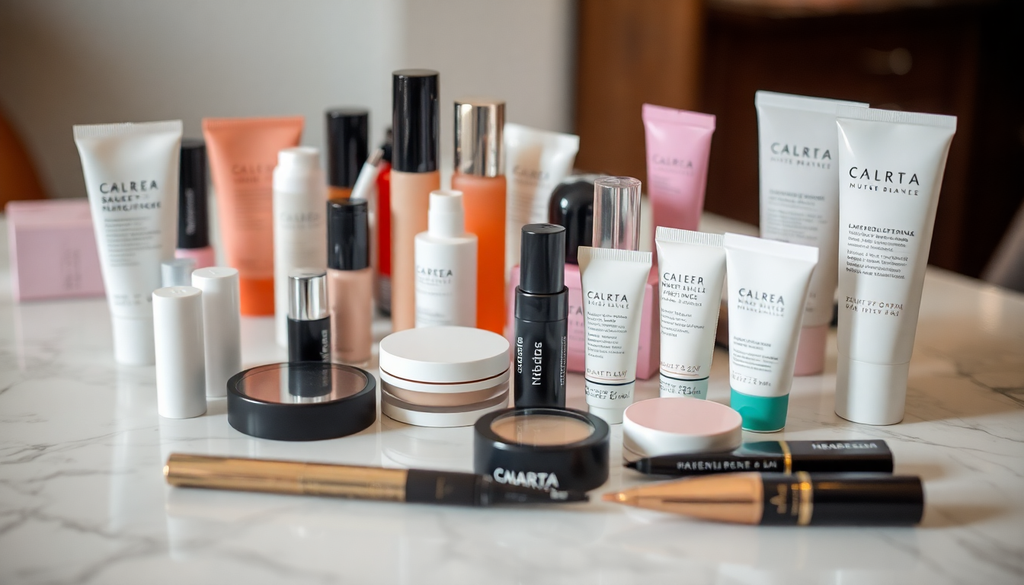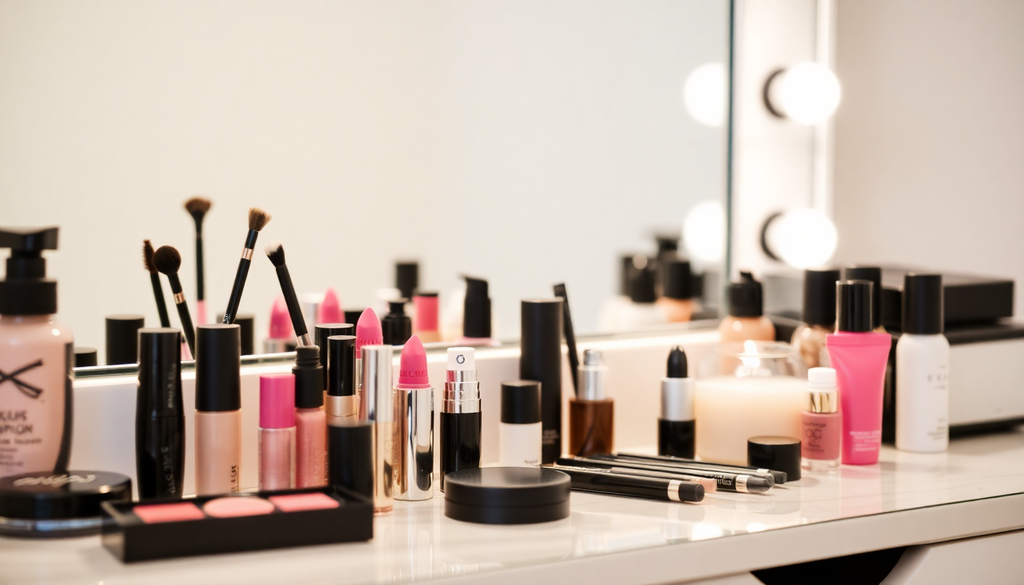
Navigating the Global Makeup Market: Essential Insights for Launching Your Private Label Brand in 2025
Introduction
The global makeup market is thriving, and 2025 presents a unique opportunity for entrepreneurs looking to launch their private label brand. With emerging trends and diverse regulations across different countries, understanding the landscape is crucial. This article provides essential insights into setting up your makeup business, from labeling requirements and import policies to marketing strategies and innovative trends.
Understanding Market Dynamics
The makeup industry is continually evolving, driven by consumer trends, technological advancements, and cultural influences. Here are some key trends shaping the makeup market in 2025:
- Personalization: Consumers are increasingly seeking products tailored to their specific needs, whether it's foundation shades that match their unique skin tones or formulations that cater to specific skin concerns.
- Sustainability: Eco-friendly packaging and cruelty-free formulations are becoming a standard expectation rather than a niche offering. Brands that prioritize sustainability in their sourcing and production processes are more likely to resonate with today's conscious consumers.
- Inclusivity: Brands that cater to a diverse range of skin tones and types are gaining traction. Inclusivity in marketing and product offerings is essential for consumer engagement.
- Digital Engagement: Interactive online experiences, such as virtual try-ons and augmented reality (AR) features, are becoming essential in bridging the gap between offline and online shopping experiences.
- Health and Wellness: Consumers are looking for makeup products that not only enhance their beauty but also contribute to skin health. This has led to a rise in makeup infused with skincare benefits.
Country-Specific Cosmetics Regulations
Each country has its own regulations regarding cosmetics, which can impact your product launch. Understanding these regulations is essential to ensure compliance and avoid costly mistakes. Here’s a breakdown of requirements in key markets:
United States
- Labeling: Ingredients must be listed in accordance with FDA regulations. It's crucial to familiarize yourself with the FDA's guidelines.
- Safety: Products should be safe for consumers, with no harmful substances. Conducting safety assessments and utilizing third-party testing can help ensure compliance.
- Claims: Any claims about effectiveness must be substantiated. Misleading claims can lead to legal repercussions and damage your brand's reputation.
European Union
- Registration: Products must be registered in the Cosmetics Product Notification Portal (CPNP) before being marketed in the EU. Ensure you understand the registration process to avoid delays.
- Labeling: Must comply with the EU Cosmetics Regulation, including ingredient lists, warnings, and instructions for use. Labels should be in the language of the country where the product is sold.
- Testing: Safety assessments are required before products can be marketed. Conduct thorough testing to meet EU safety standards.
Australia
- Labeling: Must adhere to the Australian Competition and Consumer Commission (ACCC) guidelines. Clear labeling helps consumers make informed choices.
- Importation: Products require a notification to the National Industrial Chemicals Notification and Assessment Scheme (NICNAS). Understanding the import process is vital for a smooth entry into the market.
- Safety: Ensure compliance with the Australian regulatory framework for cosmetics, which focuses on consumer safety and product efficacy.
Japan
- Approval: Products must be approved by the Ministry of Health, Labour and Welfare (MHLW). This can be a lengthy process, so plan accordingly.
- Labeling: Must be in Japanese and include all ingredients. Accurate labeling is essential for consumer trust and compliance.
- Testing: Safety and efficacy testing are required before products can be sold. Engage with local laboratories to ensure compliance with Japanese standards.
Canada
- Notification: All cosmetic products must be notified to Health Canada before being sold. This includes submitting a Cosmetic Notification Form (CNF).
- Labeling: Products must have bilingual labels (English and French) and comply with the Canadian Cosmetic Regulations.
- Safety: Ensure all ingredients meet the requirements outlined in the Cosmetic Ingredient Hotlist, which contains substances prohibited or restricted in cosmetics.
Setting Up Your Online Store
Creating a strong online presence is vital for your makeup brand. Here are steps to establish a successful online store:
- Choose the Right Platform: Consider eCommerce platforms like Shopify, WooCommerce, or BigCommerce. Look for features that suit your business model, such as payment gateways and inventory management.
- Design for User Experience: Ensure a clean, easy-to-navigate layout. High-quality images and clear product descriptions can significantly enhance the shopping experience.
- Optimize for Mobile: A significant number of consumers shop on mobile devices, making mobile optimization crucial. Ensure your site is responsive and loads quickly on mobile platforms.
- Implement SEO Strategies: Use keywords related to makeup products and trends to improve visibility. Regularly update your content with blog posts that attract organic traffic.
- Integrate Social Proof: Include customer reviews and testimonials to build trust with potential buyers. User-generated content can also enhance engagement.
Marketing Your Makeup Brand
Effective marketing is essential for brand recognition and customer loyalty. Here are some strategies to consider:
- Social Media Marketing: Utilize platforms like Instagram, TikTok, and Pinterest to reach your audience. Create engaging content that showcases your products and promotes user interaction.
- Influencer Partnerships: Collaborate with beauty influencers to increase brand awareness. Choose influencers whose values align with your brand for authentic engagement.
- Content Marketing: Create blogs or videos that educate consumers about your products and trends. Tutorials, makeup tips, and behind-the-scenes content can engage your audience.
- Email Campaigns: Use email marketing to keep customers informed about new products, promotions, and exclusive offers. Personalizing emails can lead to higher engagement rates.
- Paid Advertising: Consider using Google Ads or social media advertising to target specific demographics and drive traffic to your online store. Tailor your ads to highlight unique selling points.
Leveraging Trends for Brand Growth
Staying ahead of trends is vital for your makeup brand's success. Here are some current trends to consider:
- Clean Beauty: Consumers are increasingly looking for products with clean, non-toxic ingredients. Consider formulating products free from parabens, sulfates, and synthetic fragrances.
- Vegan Products: The demand for vegan cosmetics is on the rise. Offering vegan options can help you tap into a dedicated consumer base.
- Augmented Reality (AR): Integrate AR technology in your online store to allow customers to virtually try on products. This technology enhances the shopping experience and reduces return rates.
- Subscription Models: Consider offering subscription boxes that provide customers with curated products on a regular basis. This can create a steady revenue stream and enhance customer loyalty.
- Limited Edition Drops: Create buzz around your brand by releasing limited edition products. This scarcity can drive urgency and increase sales.
Conclusion
Launching a private label makeup brand in 2025 requires a thorough understanding of global markets, regulatory requirements, and innovative marketing strategies. By staying updated on trends and adhering to local laws, you can successfully navigate the complexities of the makeup industry and establish a thriving business. Embrace the journey, leverage the insights shared in this article, and let your creativity shine as you embark on your entrepreneurial venture in the dynamic world of makeup!


